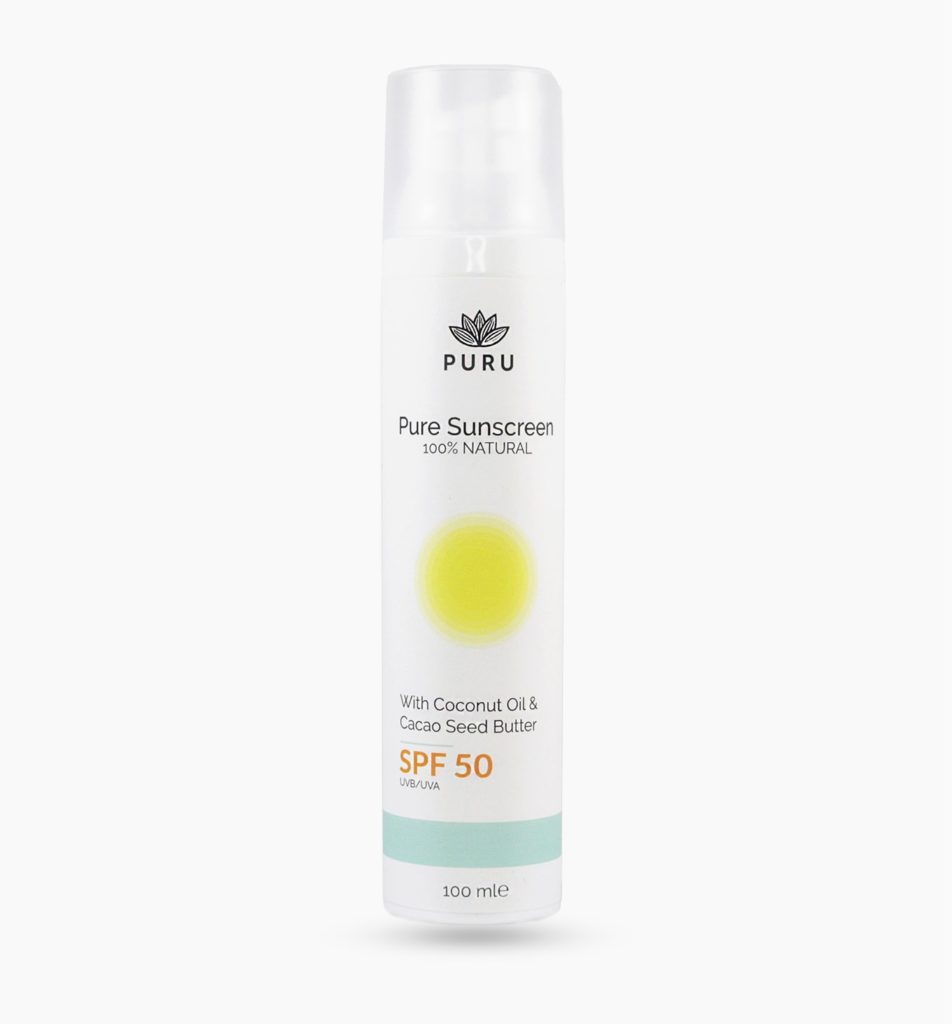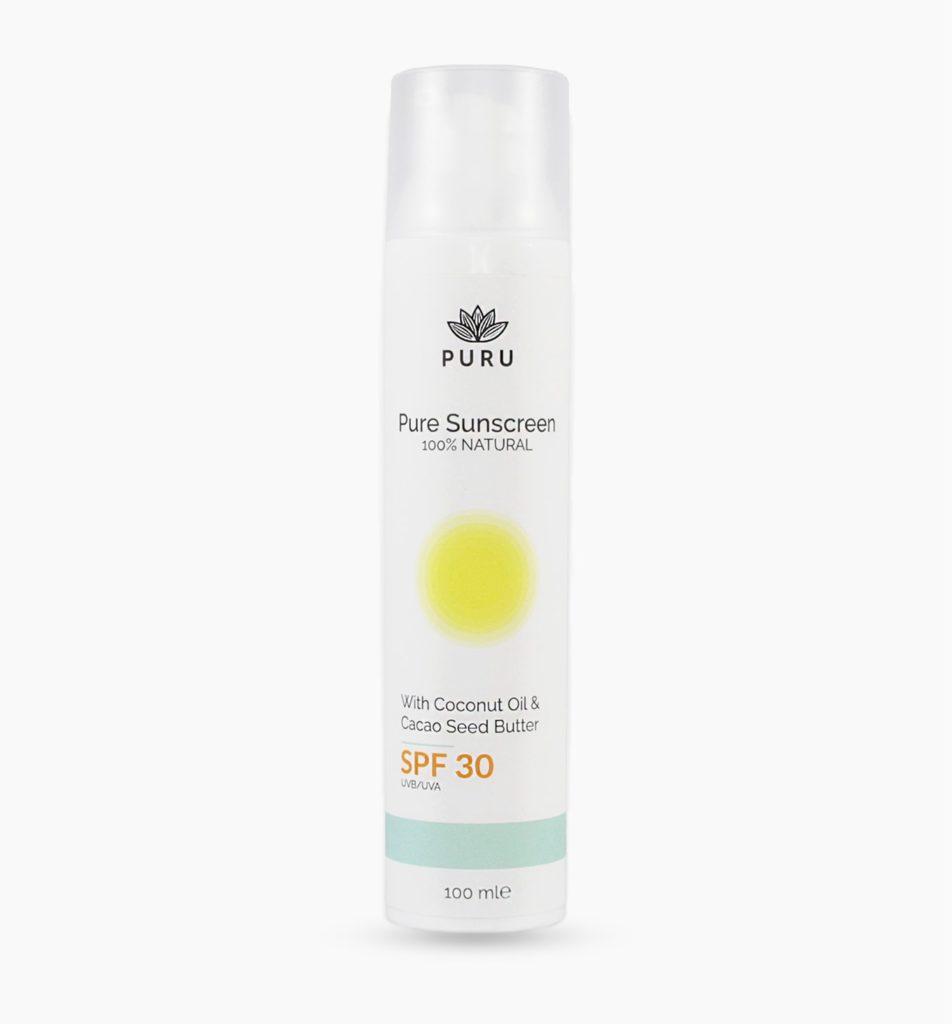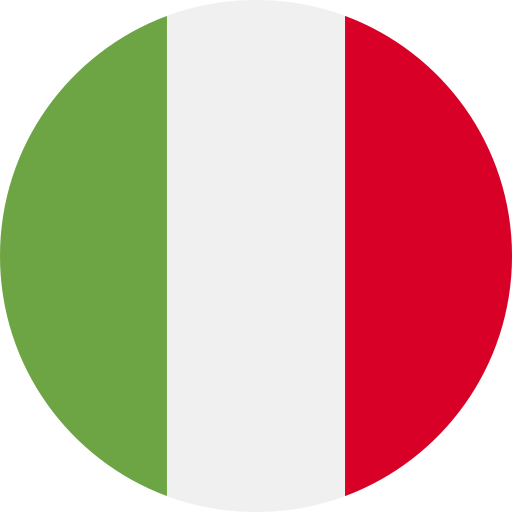Which is better?
Just like skincare products, sun protection can be just as confusing. From the acronyms, numbers, and filters, it is often hard to understand which sun protection is right for you. One of the big questions constantly making its way around the social media ether is about which is better: chemical vs physical sunscreen?
| Block UV rays
The key difference between these two types of sunscreens is in how they block UV rays respectively. Physical (mineral) sunscreens sit on the surface of your skin and act as a shield while the sunscreen reflects light rays off the face and back out into the environment, while chemical sunscreens sink into your skin and absorb the sun’s rays.
Which is better? At PURU, we will continue to champion the mineral sunscreen movement, even if it means it takes more time and certified research to get the best results for your skin (and the Earth!).
| A word on mineral sunscreens
Mineral sunscreens in 2022 are very elegant formulations and offer a comfortable finish on the skin. Although both zinc oxide and titanium dioxide are the two active ingredients found in standard drugstore mineral sunscreens, PURU chooses to do things a little differently. How? PURU doesn’t use titanium dioxide, instead, we opt for the highest grade of Non-nano zinc oxide in our formulas. Non-nano zinc oxide does not consist of nanoparticles, as current research suggests they can penetrate the skin barrier and disrupt cell growth. The problem with these super-small nanoparticles is that they are small enough to penetrate your skin and enter the bloodstream, while a Non-nano particle won’t. For that reason, Non-nano is considered safer, especially for those concerned about the long-term use of chemicals. We offer a super natural alternative to chemical sunscreens, while still giving you that same SPF50+ protection, making it safe for young skin as well.

| How do Chemical sunscreens Work?
Chemical SPF absorbs the sun’s UV rays, a process that takes 20-30 minutes to start working before you can head out into the sun. It is a chemical reaction that stops the rays from being absorbed into the body, converting them to heat and diffusing them from the body. If this sounds slightly counterintuitive, you might be right. Also, for those who have pigmentation, the heat dissipation from the chemical reaction process can make pigmentation and melasma worse.

| What does sunscreen have to do with rivers, coral reefs, oceans, lakes and waterways?
Many holiday destinations such as the Caribbean, Hawaii, Florida and Mexico have banned the use of chemical sunscreens, and The Great Barrier Reef in Australia supports the switchover to mineral sunscreens. Why? The usual suspect ingredients which are a threat to our water such as Oxybenzone, Titanium Dioxide, Camphor, Methylparaben and Octinoxate pose a great danger to water areas, with an estimated 14,000 tons of sunscreen deposited into the ocean annually. That’s right – bottles of sunscreen are ending up in the water. Not only that but the sunscreen you use gets washed off your skin and ends up in the water, with an estimated 4,000 to 6,000 tons of sunscreen washing off swimmers into oceans worldwide. The effect it has once in the water is devastating, as these chemicals are absorbed by corals, affect marine life such as fish and dolphins, impair growth and photosynthesis in green algae, decrease fertility in female fish, and harm water quality.
Switzerland – the Water Tower of Europe
Switzerland is famous for its chocolate, cheese fondue and majestic mountains perfect for skiing, however, Switzerland is also home to an extraordinary number of lakes. Switzerland contains over 1500 lakes and it is often referred to as the water tower of Europe, being home to 5 major river basins. Water from Switzerland reaches all northern, southern, western and eastern parts of Europe in major rivers and lakes, reaching a total of 10 European countries. So it is no wonder why there are calls for this water-rich country to also ban the use of chemical sunscreens. Scientists predict that all coral reefs will be considered threatened by 2050, and countries like Spain, Italy and Greece are home to some remarkable deep-water coral. The lakes in Switzerland are known to be some of the most pristine in the world, with a deep blue turquoise colour and high water purity.
In August 2022, the EU also banned the use of Titanium Dioxide in food as the latest in a long list of increasingly banned chemicals. Titanium Dioxide is long suspected as a possible carcinogen and is generally considered to be more toxic than Zinc Oxide.
Mineral is better for skin and nature
Switching sunscreen is only one piece of the puzzle, but also the easiest. It just means you need to read labels carefully, make conscious decisions and research natural alternatives that can do the same job, albeit safer and in a more sustainable way.
Mineral sunscreens, which are also inherently biodegradable, are always the safest. Non-nano sunscreen comprises particles larger than 100 nanometers in diameter and is safer for marine life than nano sunscreen, containing particles smaller than 100 nanometers.
Not only do they have an excellent safety profile, but they are also appropriate for all age groups including babies. Here at PURU, our range of sunscreens contain no more than 7 ingredients. The PURU SPF 50 actually only contains 6 ingredients and the SPF 30 contains 7 ingredients, the extra ingredient being Buckthorn Oil, a plant extract. We’re talking reef-friendly, cruelty-free and made with clean ingredients. And they come with a bonus dose of powerful antioxidants that fight free radical damage.
Mineral sunscreens are the easiest way to future-proof your face and our precious waterways.

Pure Sunscreen SPF 50 – Sports (Low Whitening)
Our 100% Natural Mineral-Based Sunscreen protects skin from sun damage. Made for the whole family.
Great for Sports and low whitening.

Pure Sunscreen SPF 30 – Sports (Low Whitening)
Our 100% Natural Mineral-Based Sunscreen protects skin from sun damage. Great for tanning and darker skin tones.
Great for Sports and Low whitening.
Sign up to Learn more
Sign up to learn more and for a chance to win regular prizes of hampers with products, merch and bags! The Hamper Package prize will contain our high quality 100% natural products with organic cotton mini-beach bag and organic cotton, fair-trade, fashionable ladies/mens Polo T-shirt, discount codes and more…





